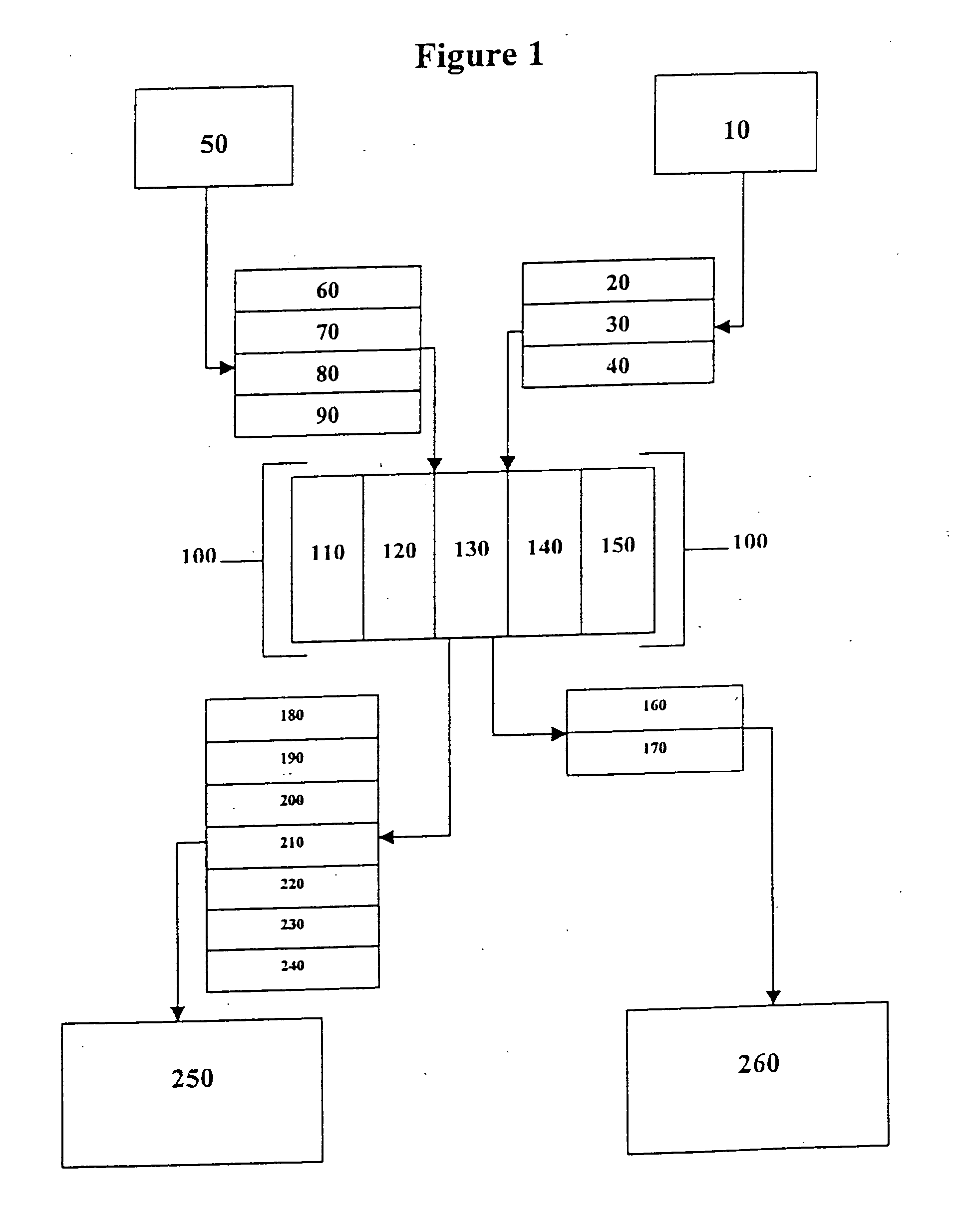System and method for performing substitute fulfillment information complication and notification
a technology of substitute fulfillment and information complication, applied in the field of electronic online asp database system, can solve the problems of low efficiency and accuracy of job search, absence from work, costing employers productivity loss and sick leave pay, etc., and achieves the effect of saving large group training expenses and little or no capitalization costs
- Summary
- Abstract
- Description
- Claims
- Application Information
AI Technical Summary
Benefits of technology
Problems solved by technology
Method used
Image
Examples
Embodiment Construction
)
Glossary of Terms and Acronyms
[0032] Application Service Provider (ASP). A third-party entity that manages and distributes software-based services and solutions to customers across a wide area network (Internet and World Wide Web) from a central data center (Web server).
[0033] Client-Server. A model of interaction in a distributed system in which a program at a site sends a request to a program at another site and waits for a response. The requesting program is called the “client” and the program which responds to the request, is called the “server.” In the context of the World Wide Web (discussed below), the client is a “Web browser” (or simply “browser”) which runs on a computer of a user. The program which responds to browser requests by serving Web pages is commonly referred to as a “Web server”.
[0034] Distributed Technology. The electronic processing of filtered information from the Web server database to all programmed client browsers through a wide area network (Internet...
PUM
 Login to View More
Login to View More Abstract
Description
Claims
Application Information
 Login to View More
Login to View More - R&D
- Intellectual Property
- Life Sciences
- Materials
- Tech Scout
- Unparalleled Data Quality
- Higher Quality Content
- 60% Fewer Hallucinations
Browse by: Latest US Patents, China's latest patents, Technical Efficacy Thesaurus, Application Domain, Technology Topic, Popular Technical Reports.
© 2025 PatSnap. All rights reserved.Legal|Privacy policy|Modern Slavery Act Transparency Statement|Sitemap|About US| Contact US: help@patsnap.com


